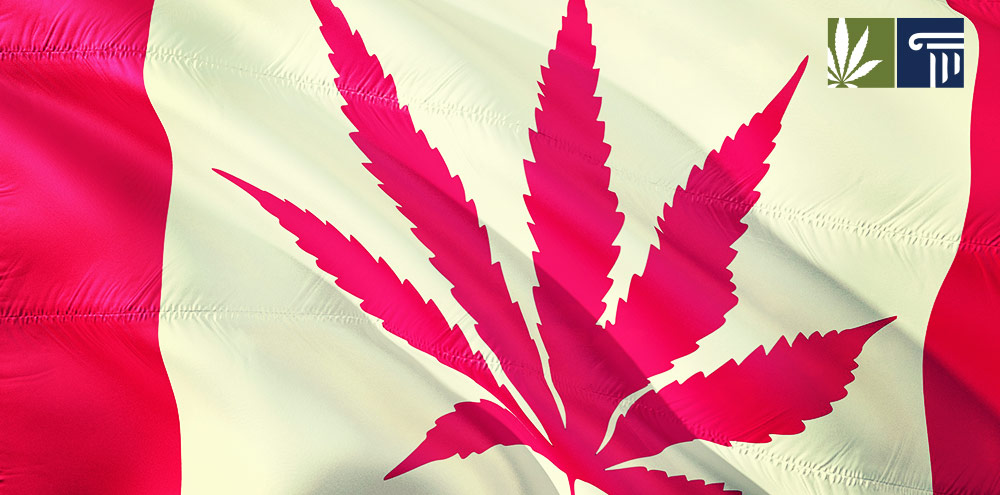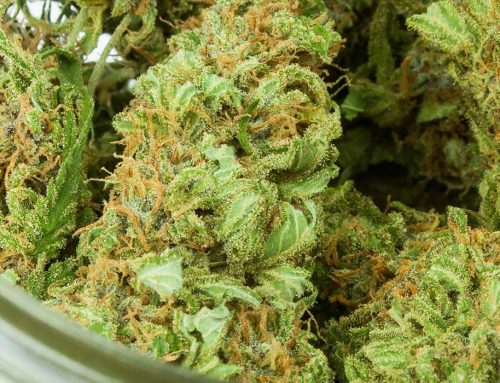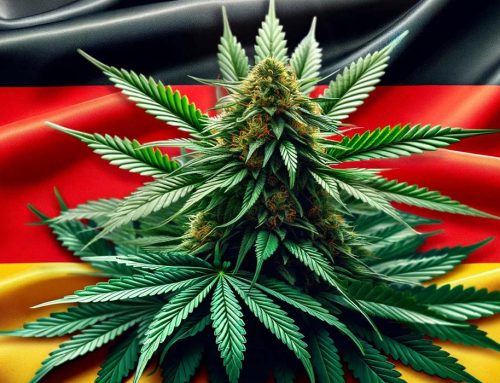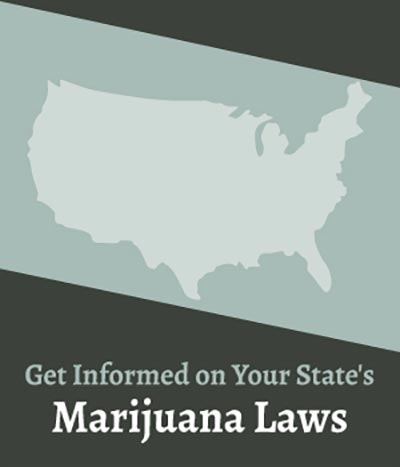More than one year on from legalizing adult-use marijuana in Canada, a comparison of surveys on marijuana use suggest consumption rates have largely remained steady, while more consumers are opting for the legal market over illicit sources.
Canada became the second country in the world to legalize recreational marijuana in October 2018 when the Cannabis Act was passed into law. Proponents of the measure said cannabis legalization would help restrict underage access to marijuana, divert money away from illicit markets and promote public safety and health by ensuring access to safe, regulated marijuana.
The National Cannabis Survey (NCS), carried out by Statistics Canada, compared its 2018 survey with its most recent findings in 2019 to better understand the impact of legalization on marijuana consumer behavior and determine whether marijuana legalization proponents claims have so far held true. In particular, the report – “What has changed since cannabis was legalized?” – examines changes in marijuana consumption, where cannabis is sourced, and reports of driving shortly after consuming marijuana.
The study’s author, Michelle Roterman, reports an overall increase of 2 percentage points after legalization in the number of people self-reporting cannabis use in the preceding three months. This increase is most pronounced among males aged 25 and older, and in the provinces of Nova Scotia and New Brunswick (both 5 percent). However, half of Canada’s provinces reported no changes in marijuana consumption rates from 2018 to 2019.
There is also no change in the number of people who report as a daily or almost daily user, which still stands at around 6 percent of the Canadian population. In line with the findings of an American Medical Association study, the number of 15 to 17 year olds who reported using marijuana in the past 3 months dropped from 20 percent in 2018 to 10 percent in 2019.
Comparison of NCS surveys also reveals a drop of 4 percent from 2018 to 2019 in the number of people who said they’d been a passenger in a vehicle driven by a person who’d consumed marijuana within the last two hours. Among cannabis users who hold a driving license, thirteen percent said they had driven a vehicle within two hours of consuming cannabis in 2019 – unchanged from 2018’s figure.
Following marijuana legalization, fewer people reported obtaining cannabis from illegal sources or from family and friends. In 2018, 52 percent of respondents said they turned to the illegal market for cannabis. This dropped to 40 percent in 2019. Conversely, in 2018, 49 percent of respondents said they got weed from family and friends, and the following year this fell to 38 percent. Meanwhile, 23 percent of respondents sourced their cannabis from legal avenues in 2018, with this increasing to 52 percent post-legalization.
Michelle Roterman contends that it is still too soon to draw any hard conclusions on whether marijuana legalization has fulfilled the promise of its proponents, but it is at least clear that many prohibitionist fears have not yet come to pass. Marijuana use among youth has not sky-rocketed, it has fallen. Drivers are not operating vehicles under the influence of cannabis any more than was the case before legalization, though whether and how marijuana use impairs driving is still a matter for debate. All the while more people are clearly turning to the legal market for cannabis now and diverting funds away from illicit operations towards Canada’s tax coffers.






